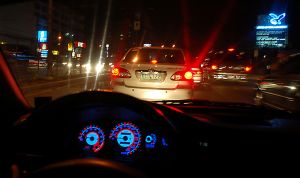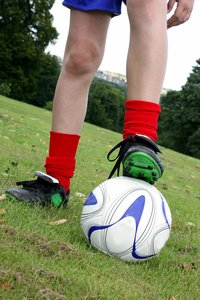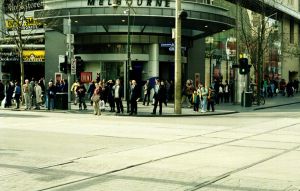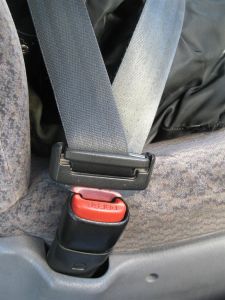The dashboards of our vehicles are beginning to mirror a scene out of Star Trek. They’re getting more and more advanced and new technologies are making it easier for drivers to access text messages, phone calls, GPS devices and the internet all while driving. What they’re also doing is increasing our risks for car accidents in Boston and elsewhere, according to the federal government. The Boston Globe reports federal officials are now asking auto makers to put an end to it. They want companies to stop manufacturing vehicles that allow drivers to access these features while the vehicle is moving.

Car makers have been flooding new-model vehicles with a plethora of gadgets to try to make them appealing to today’s on-the-go buyer. These are the people who try to multitask to get everything done while they’re getting to the next place they have to be. As social media advances, the desire to stay connected with friends, family members and coworkers is growing rapidly. Our Boston car accident attorneys know it’s actually a pretty common sight throughout the state: drivers engaging in activities at the wheel other than driving. To help stop this dangerous behavior, the National Highway Traffic Safety Administration (NHTSA) is stepping in.
Recently, the NHTSA recommended some voluntary guidelines for car makers. In these guidelines the NHTSA suggested they make vehicle dashboards that shut off all interactive features while the vehicle is moving or in the drive setting, meaning drivers can only engage in these distractions when the vehicle is stopped and the car is in park.
“The guidelines we’re proposing would offer real-world guidance to automakers to help them develop electronic devices that provide features consumers want without disrupting a driver’s attention,” said NHTSA Administrator David Strickland.
According to the vice president of the Alliance of Automobile Manufacturers, Gloria Bergquist, automakers are going to look over the new recommended guidelines that come with a two-month comment period.
Since 2002, the industry has operated under its own set of guidelines regarding this matter.
Bergquist says that drivers are still going to use phones, play loud music and look at driving directions behind the wheel automakers are just trying to make these activities safer.
Not all new-car technologies are covered under the new recommendation though. Electronic-warning systems, GPS devices and other navigation devices still have the okay to run while the car is on and moving. The NHTSA is just asking that these technologies have a design that prohibits drivers from messing with them while the car is moving and is in drive.
If you think about it, the only other option is to go back to reading a road map in these cases, which is even more dangerous, according to Strickland.
Continue reading
 Boston Personal Injury Attorney Blog
Boston Personal Injury Attorney Blog








